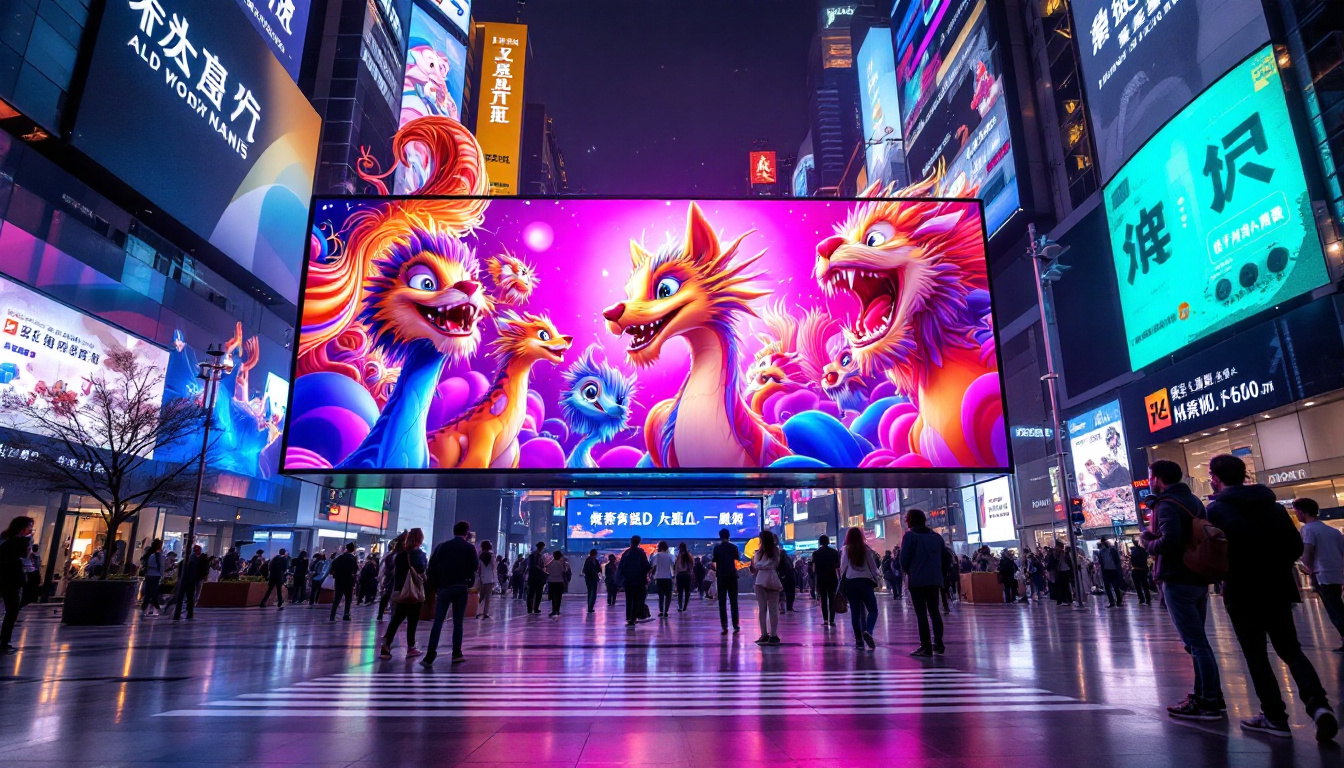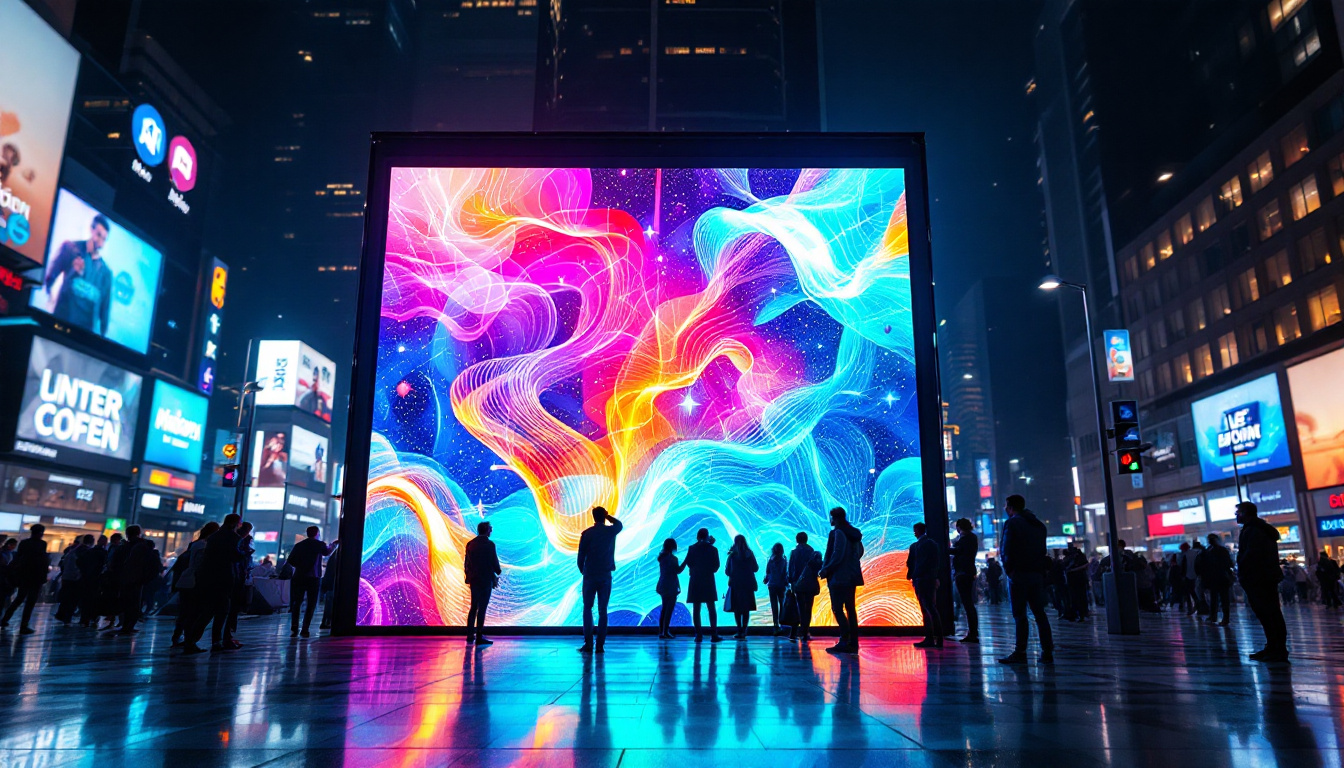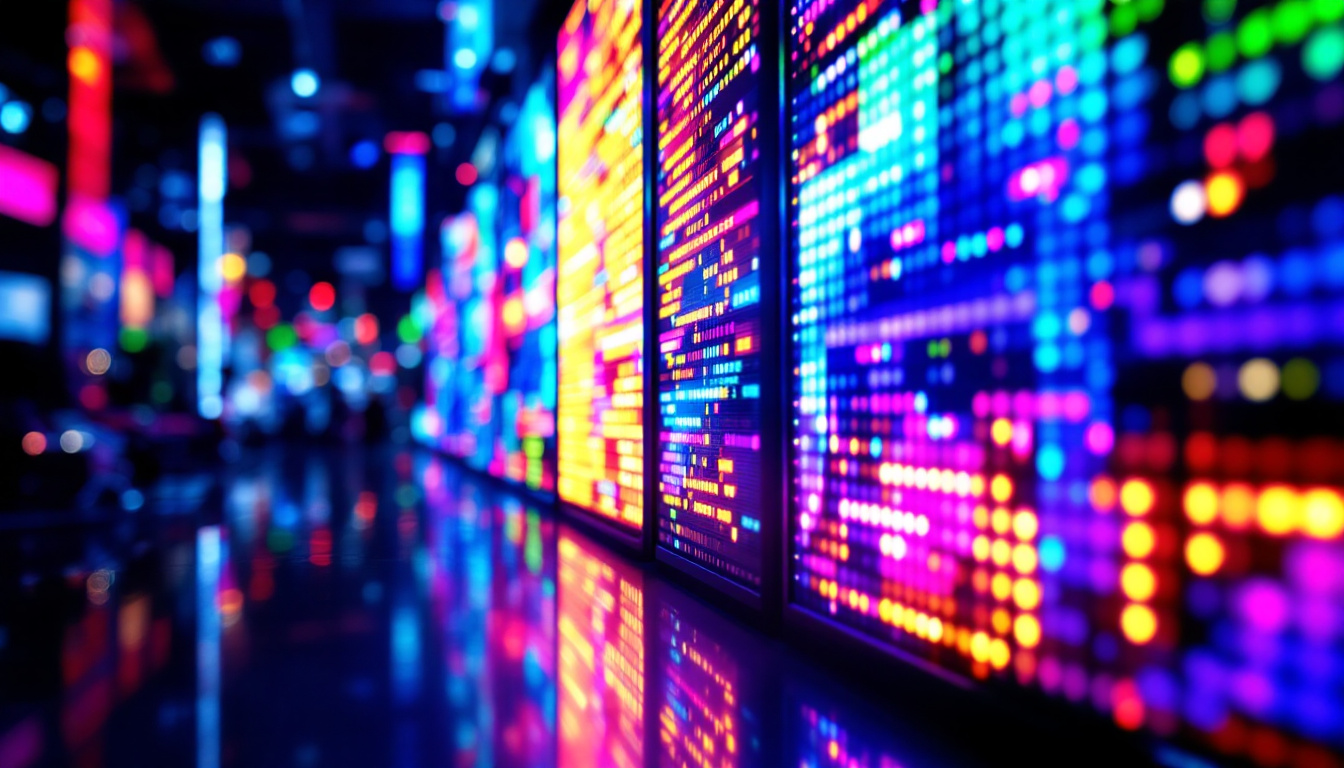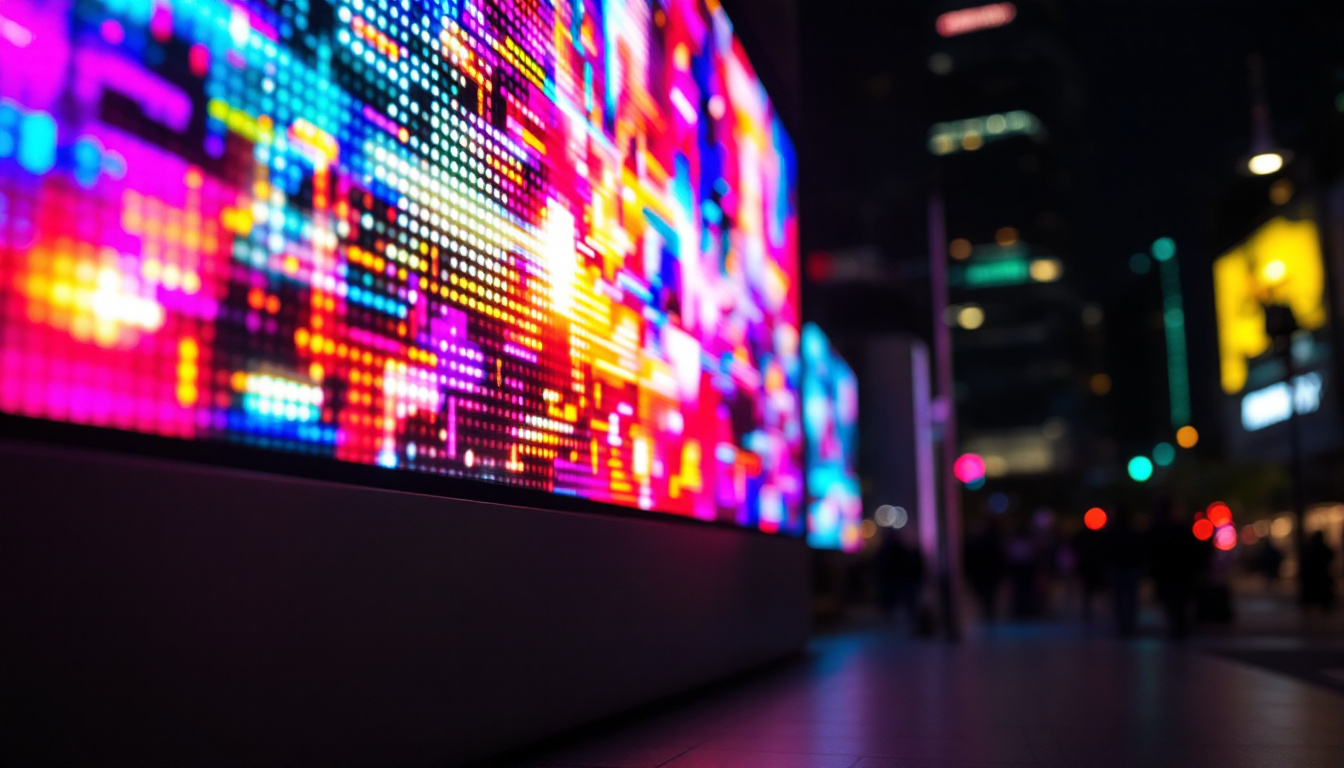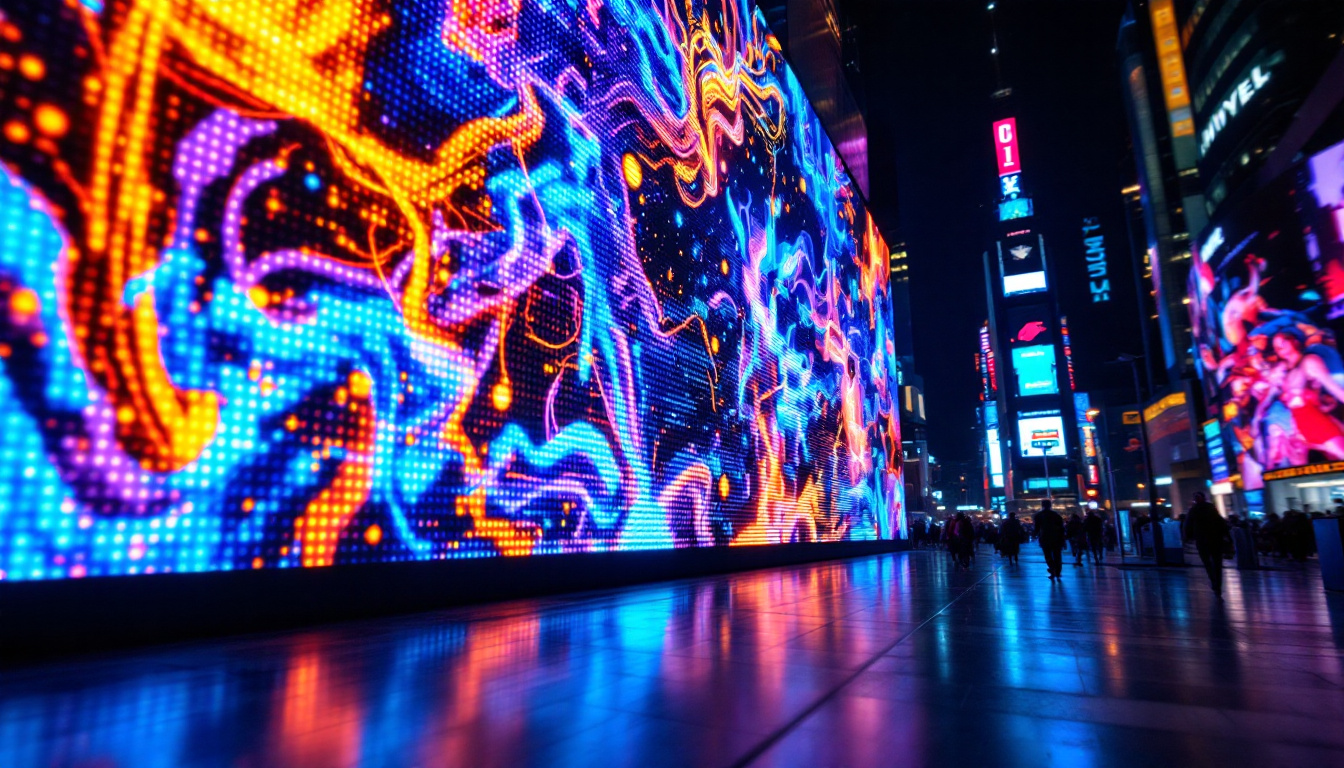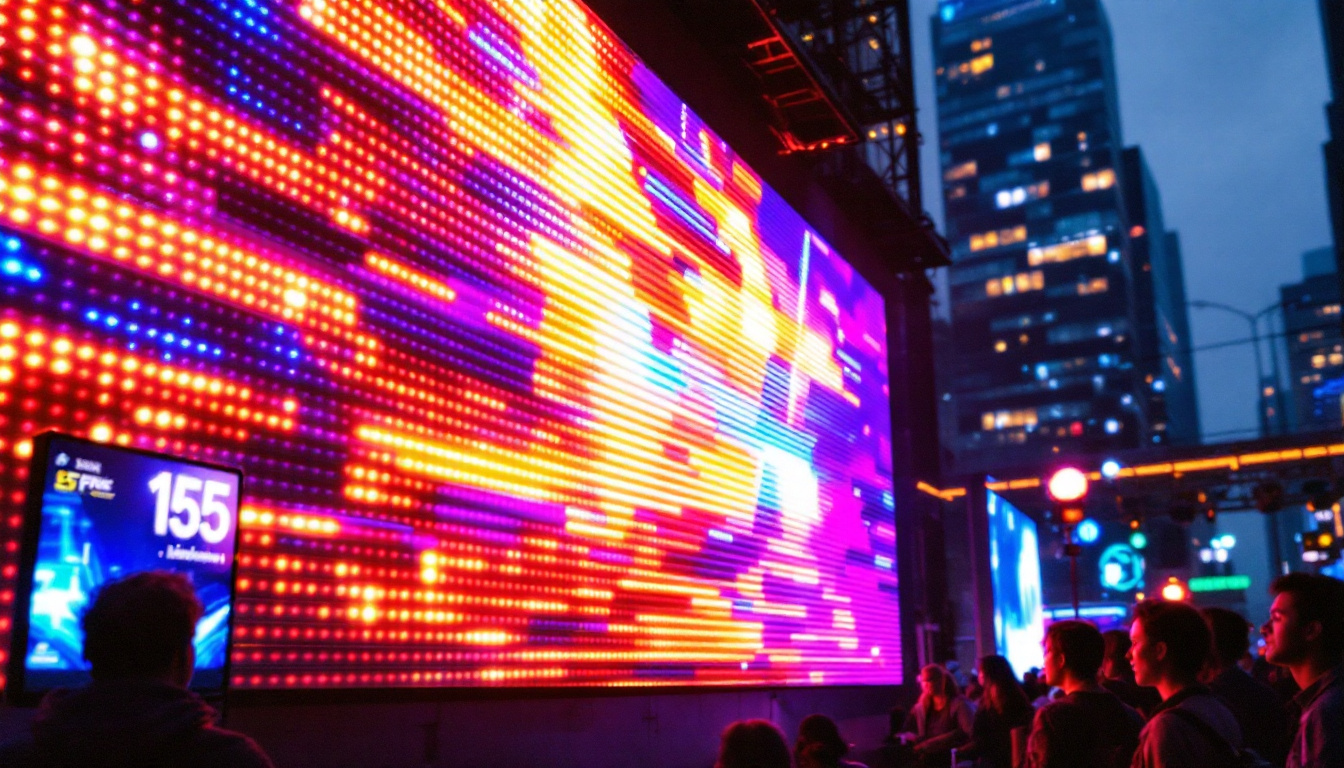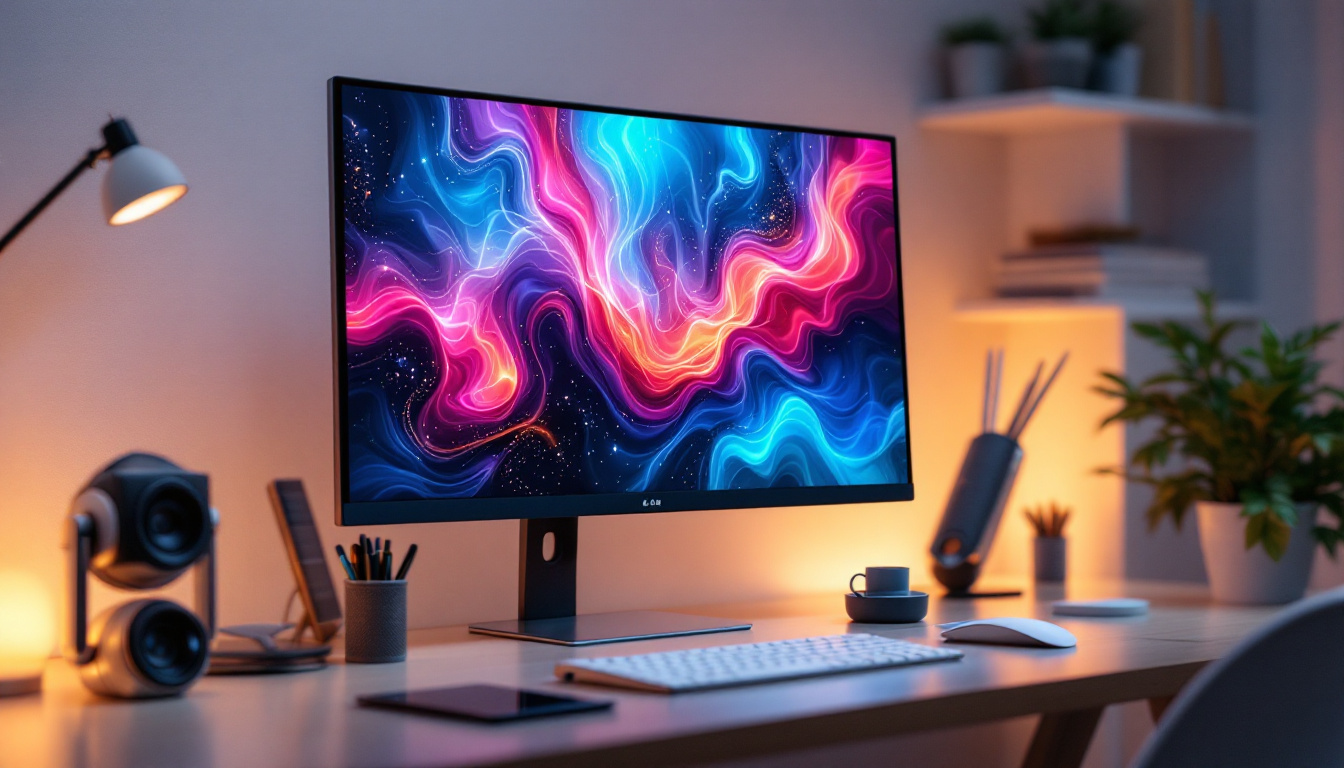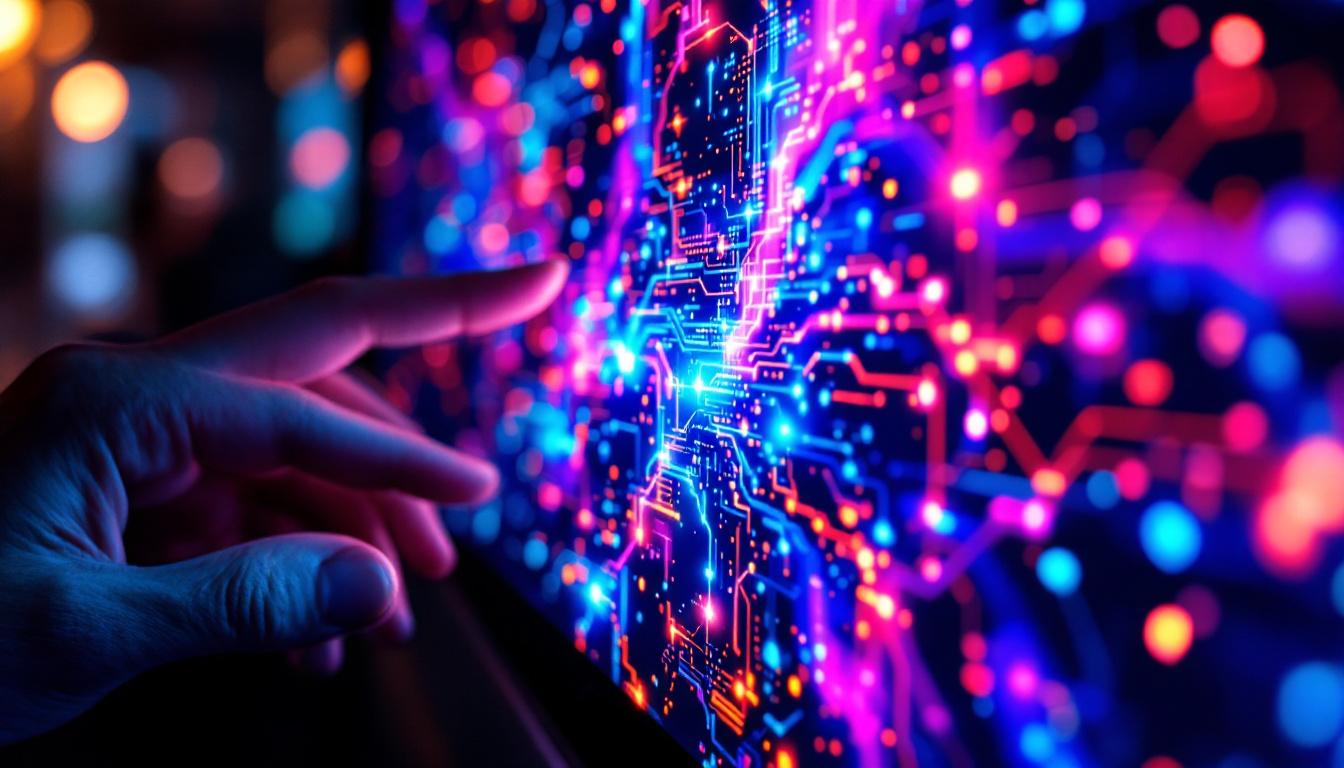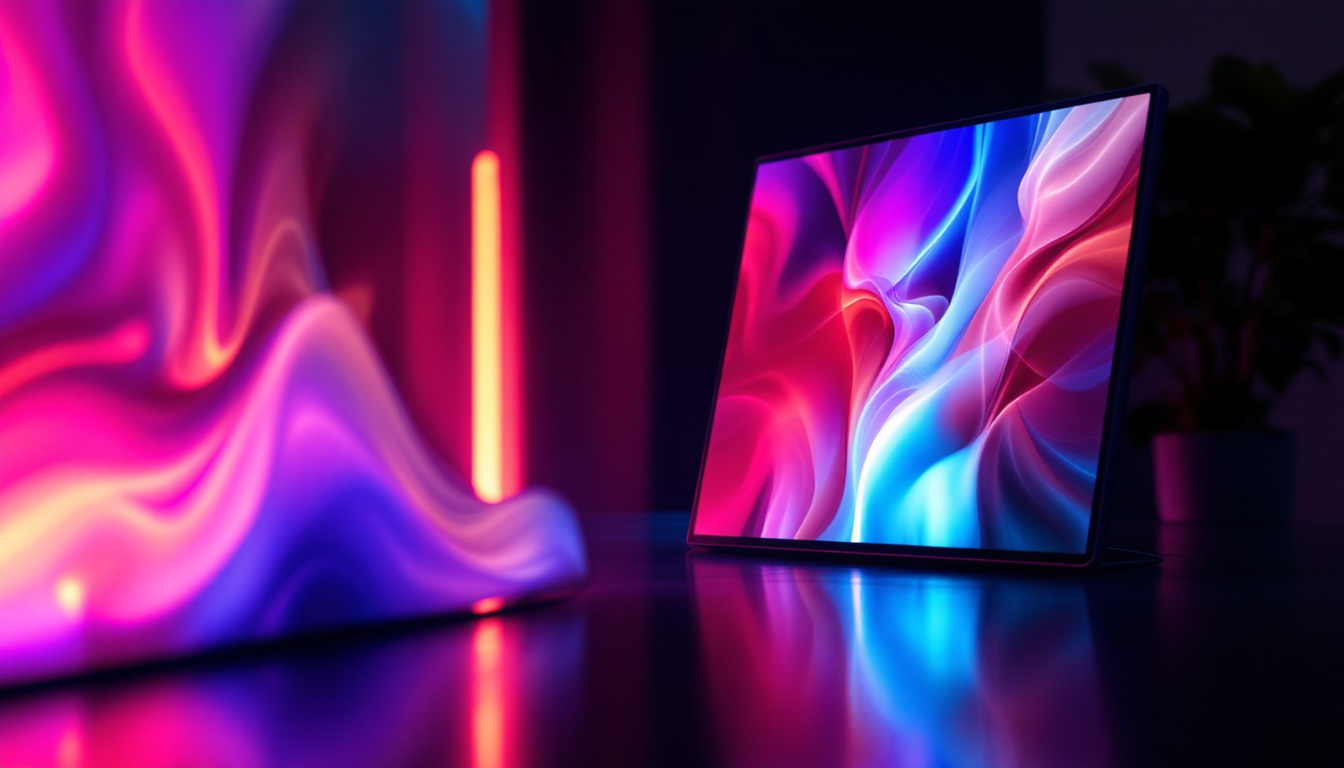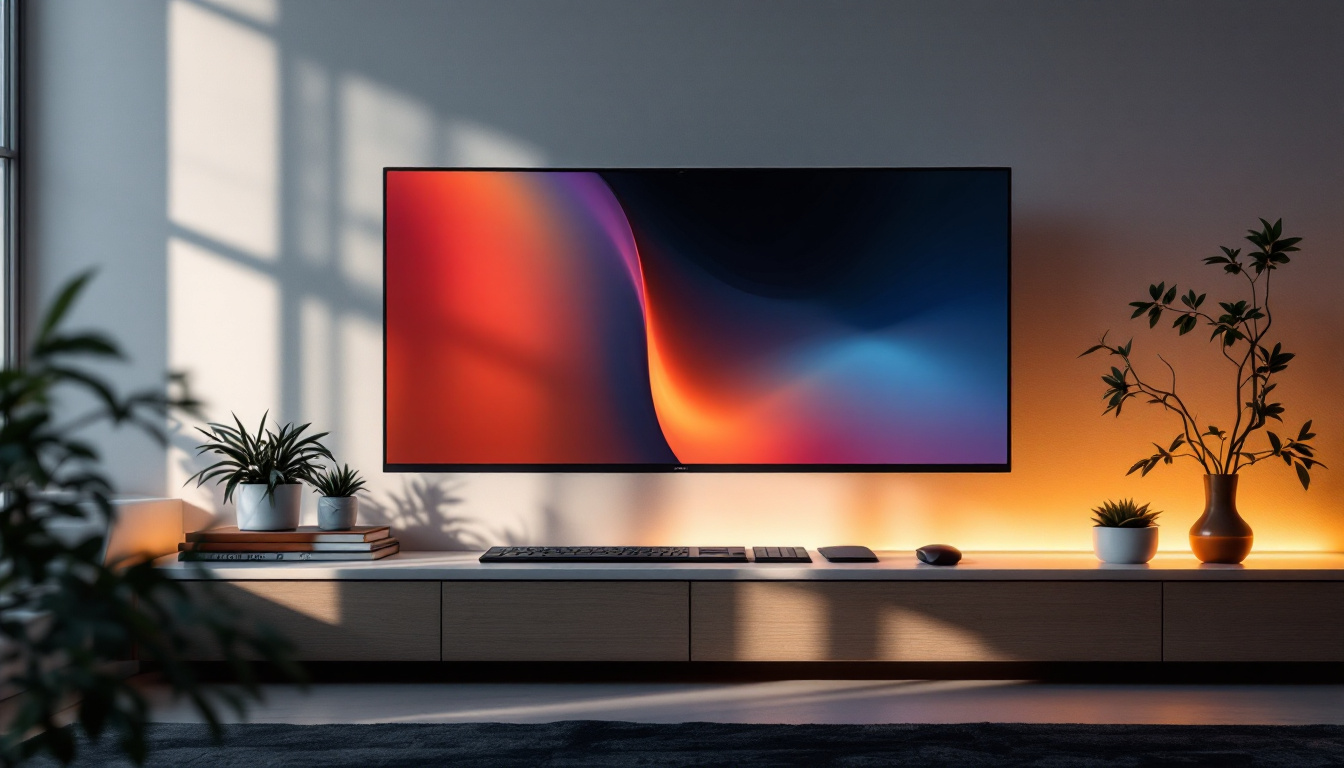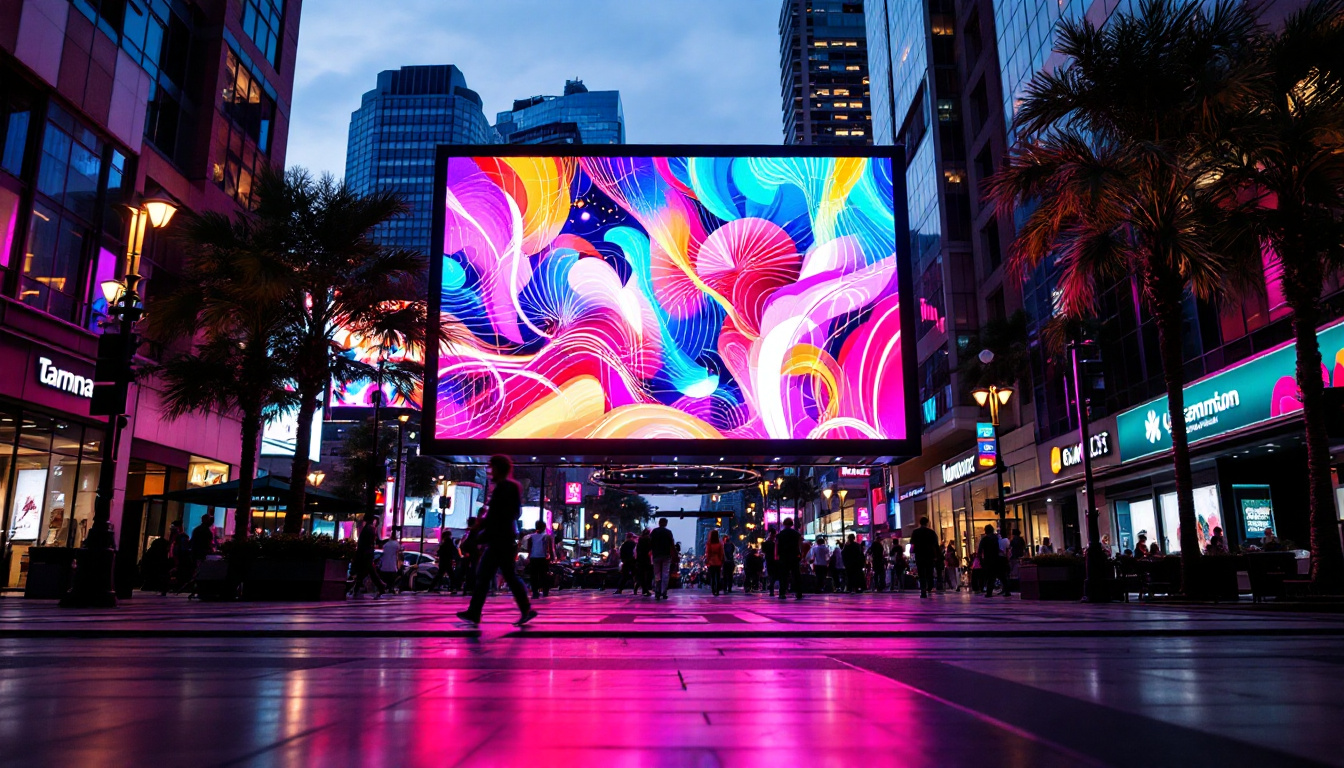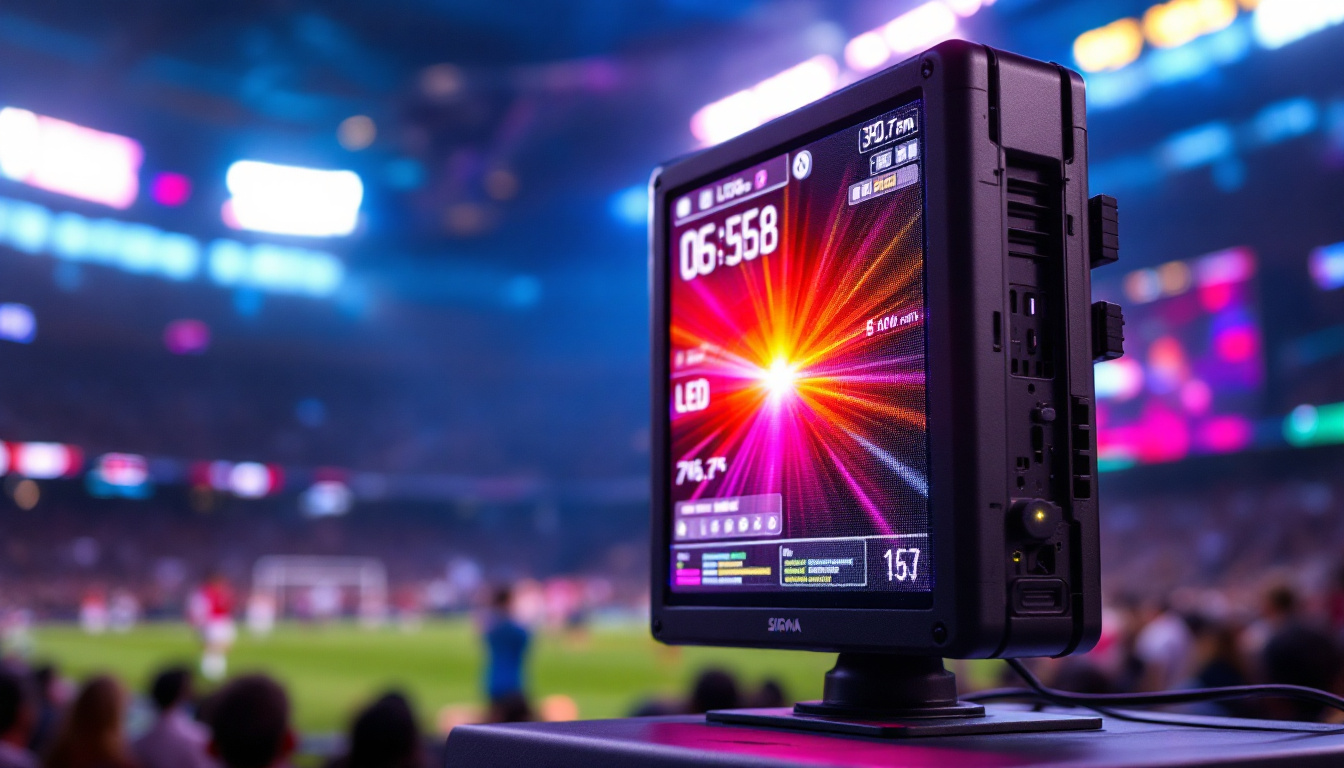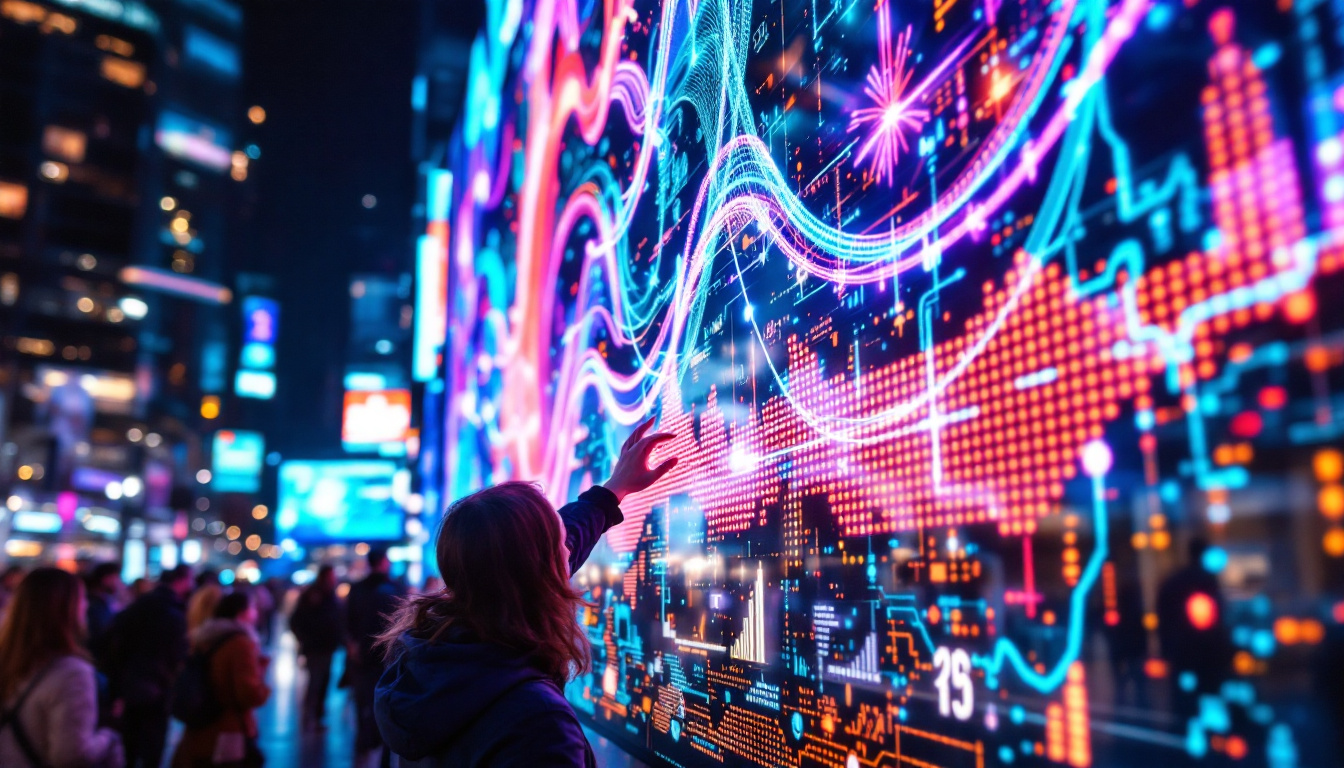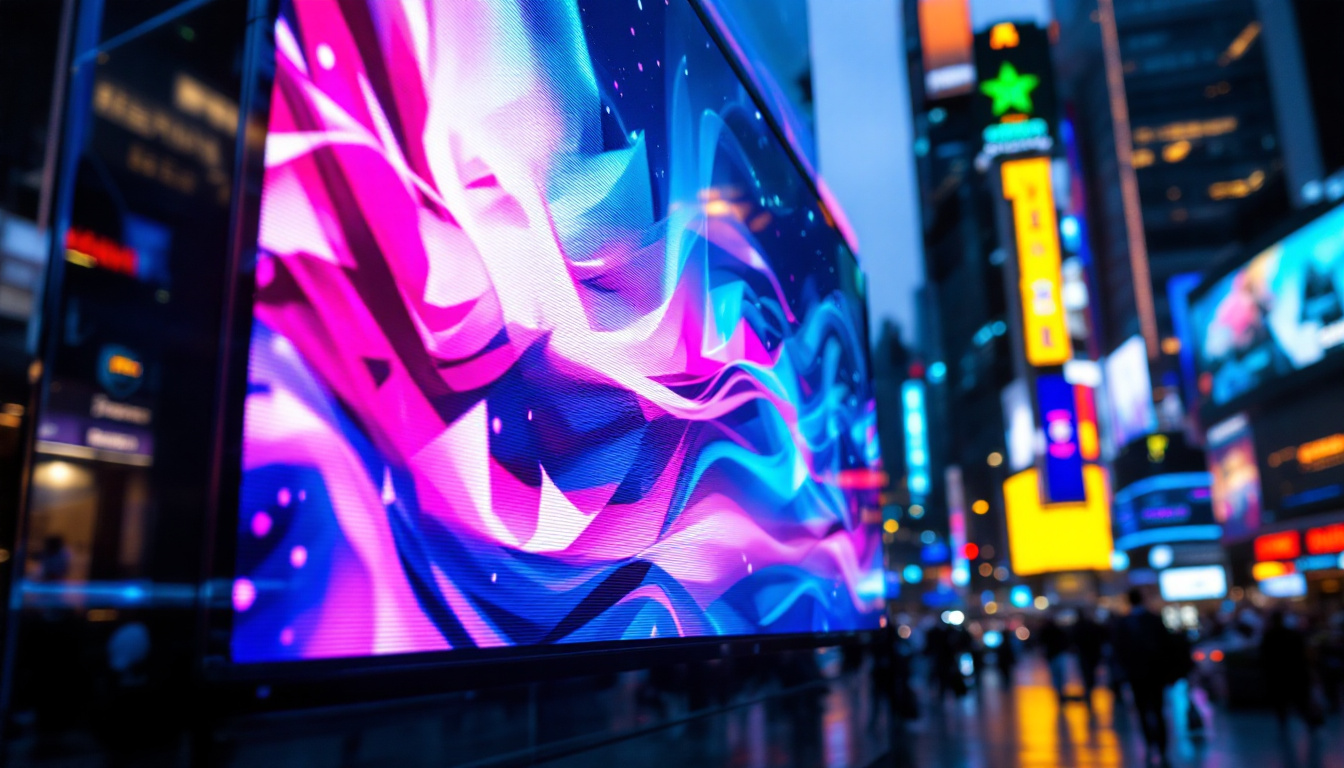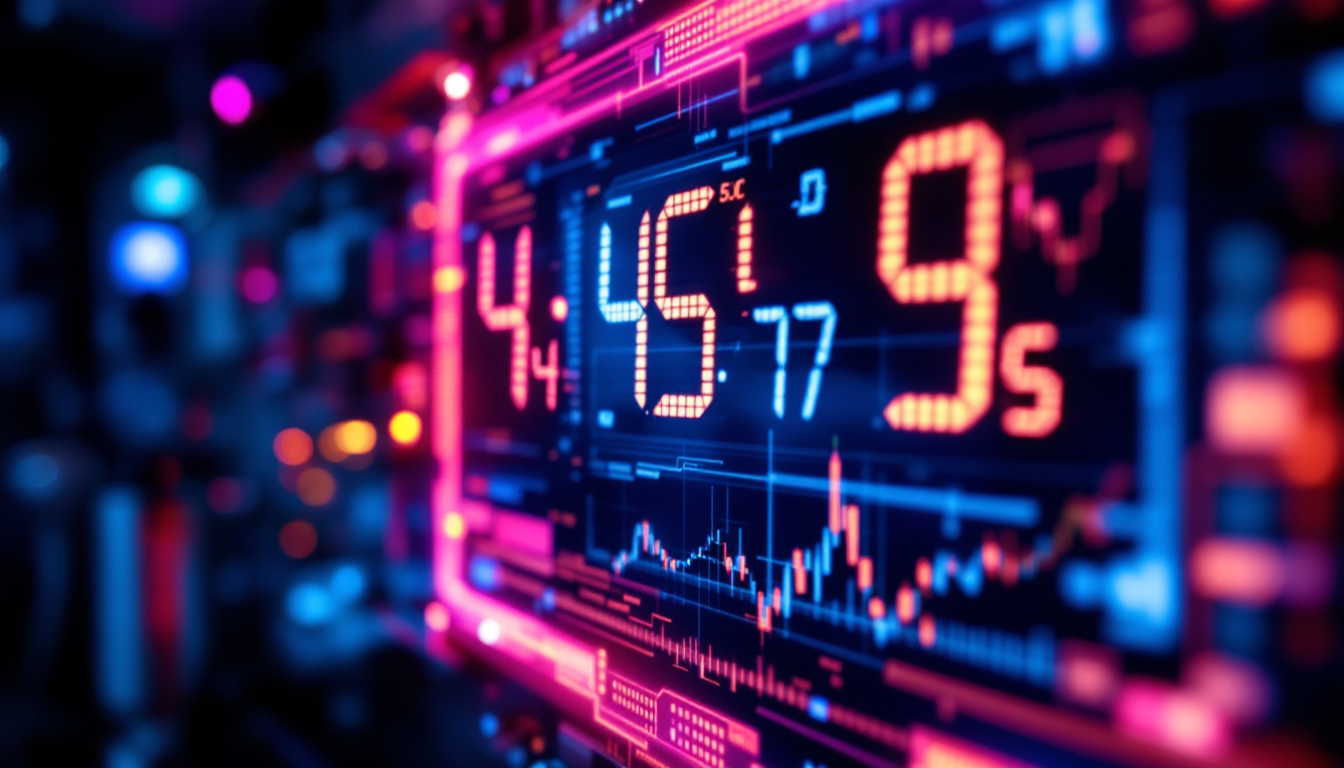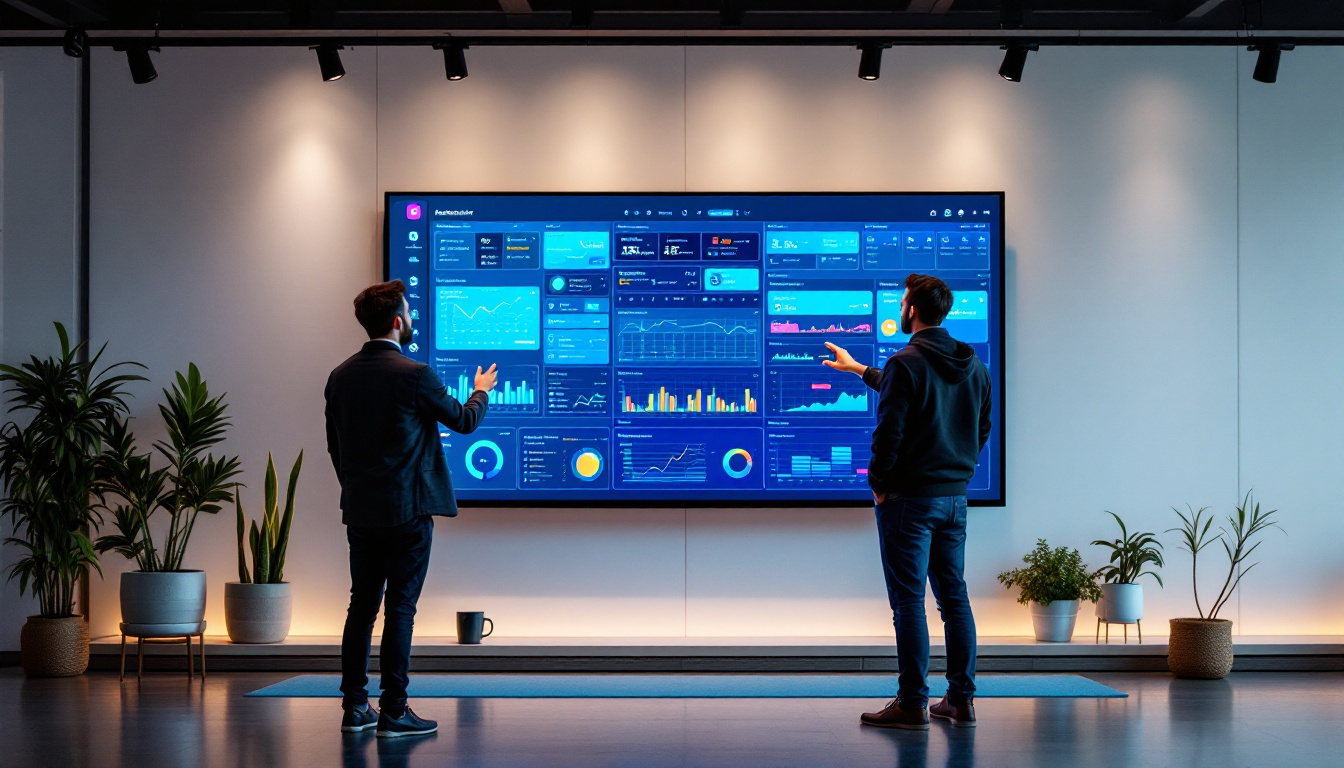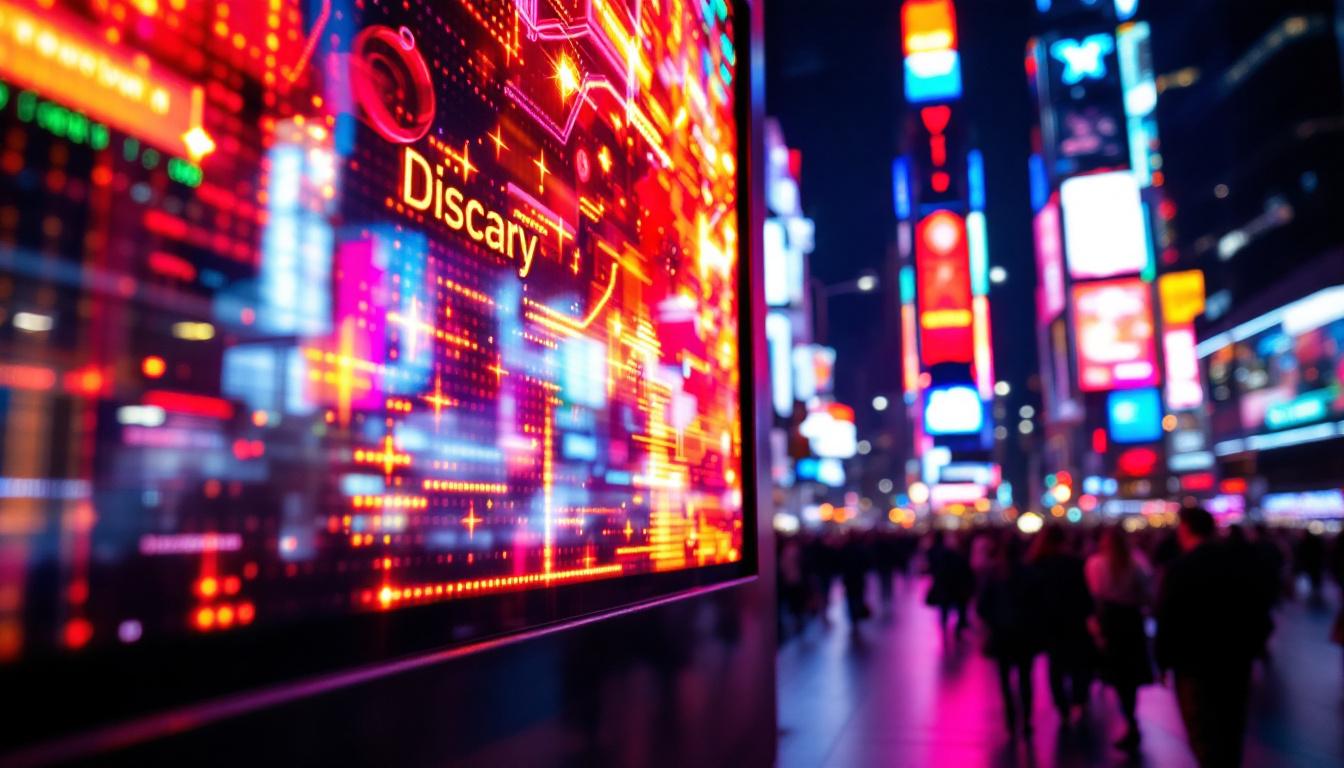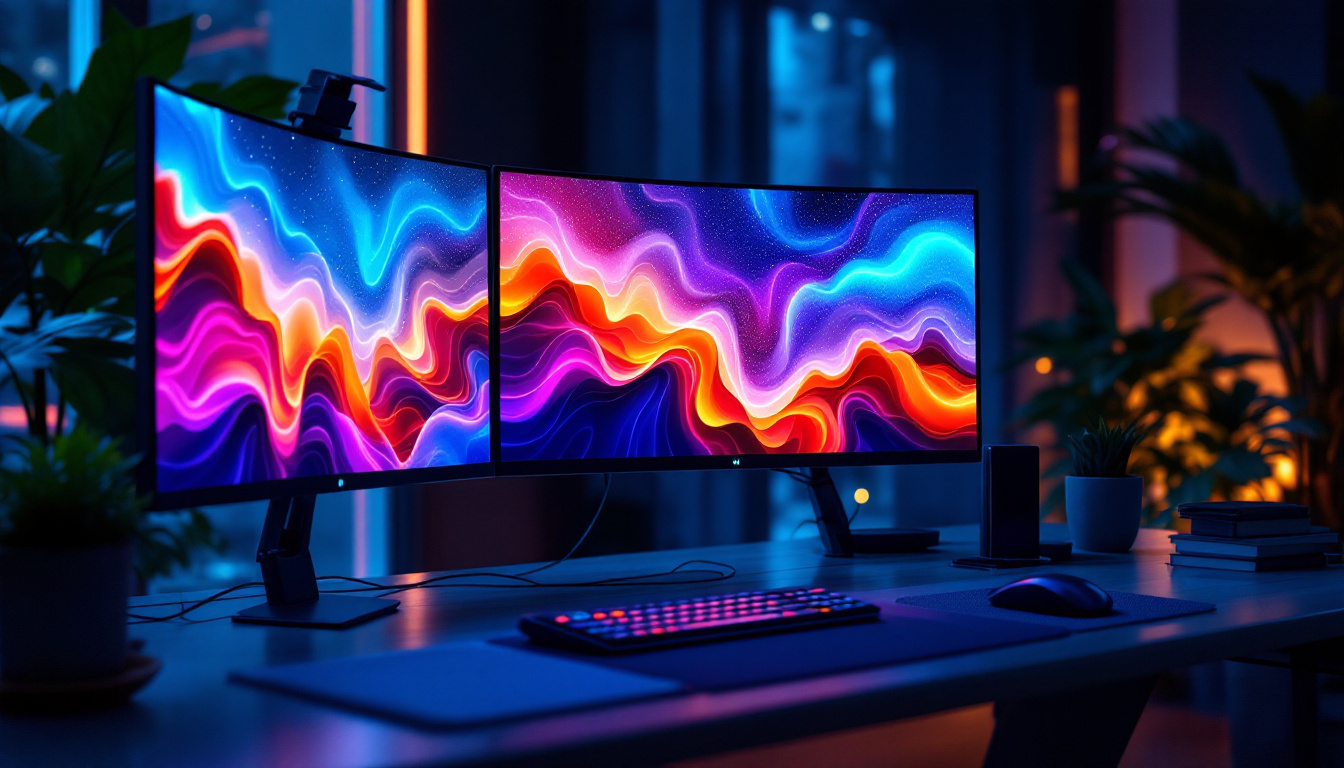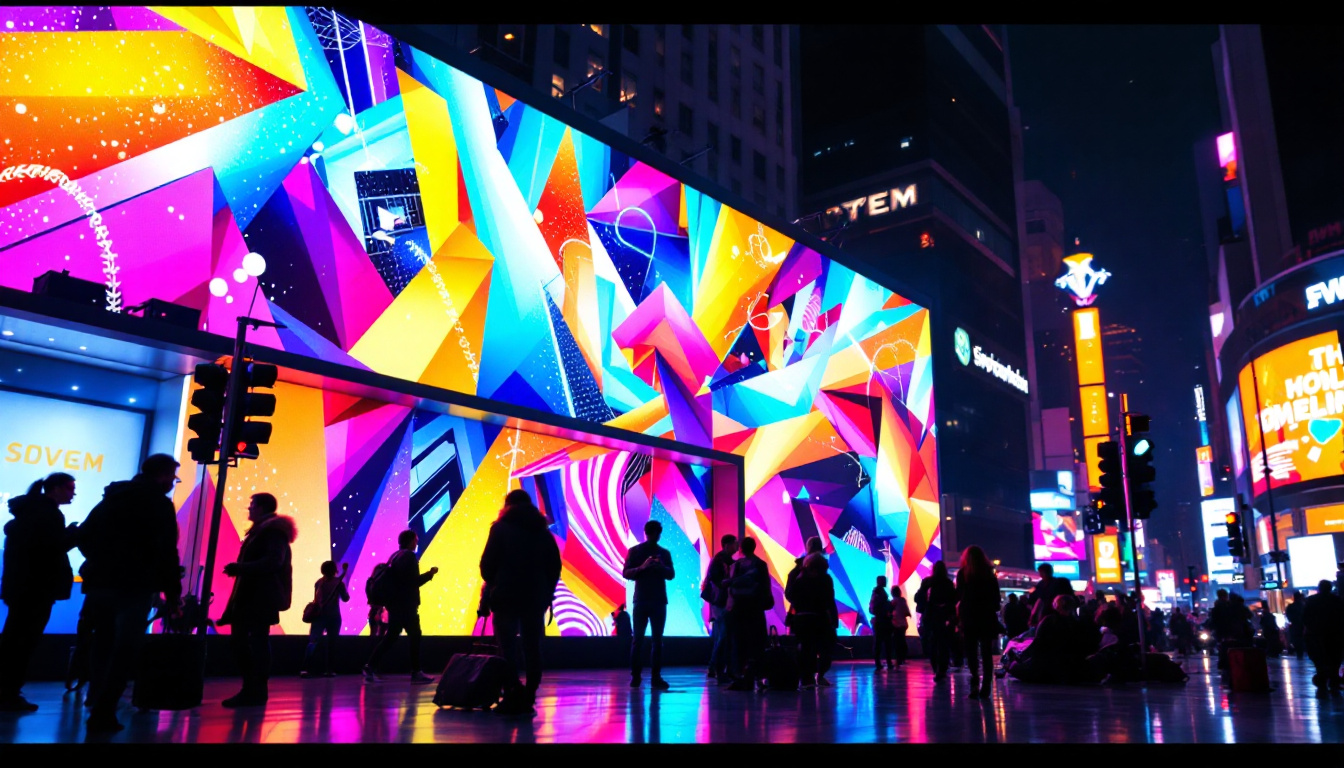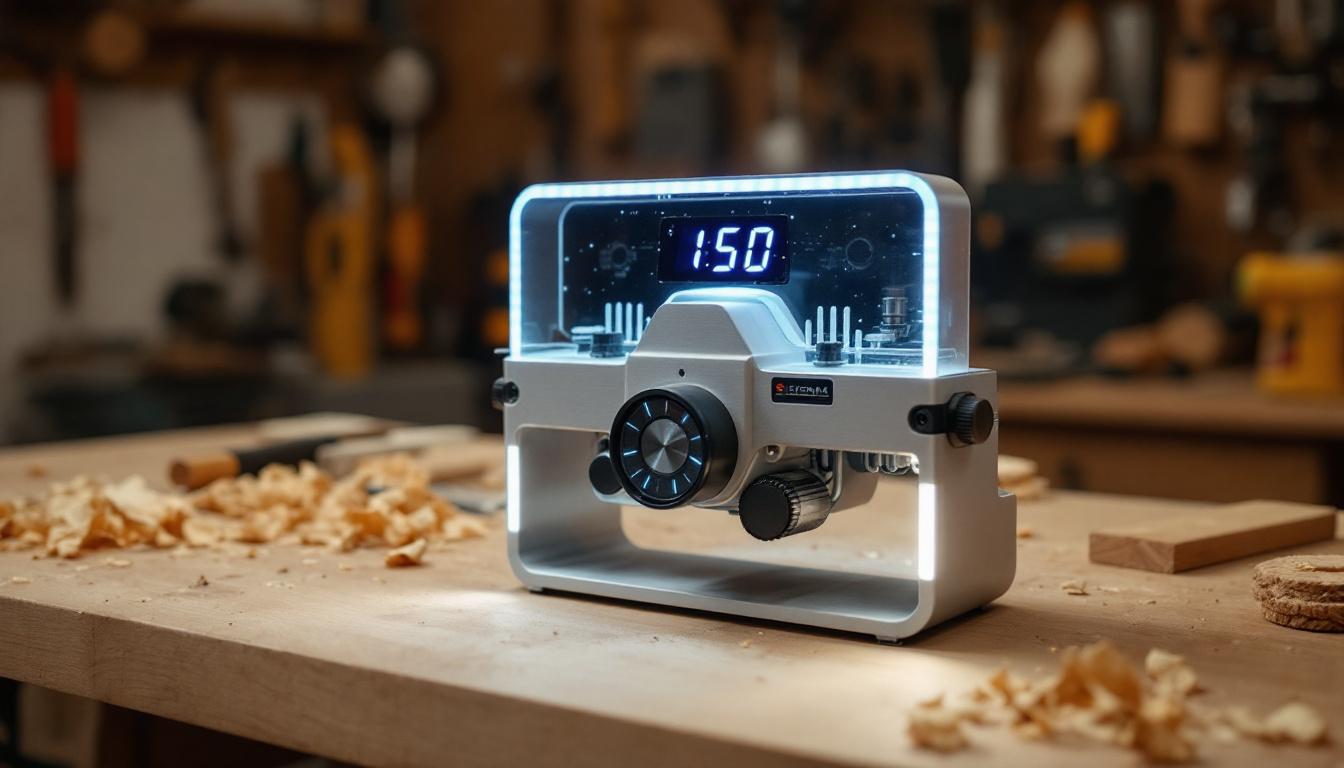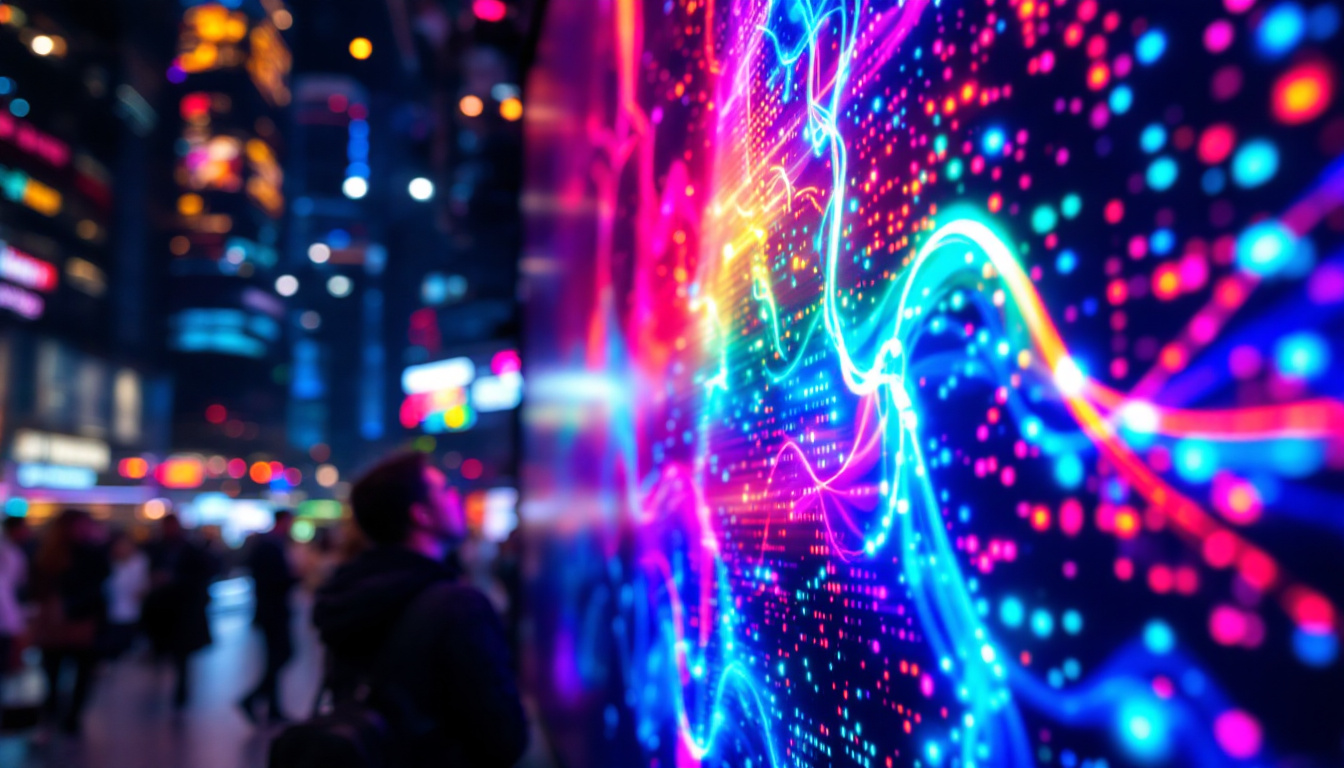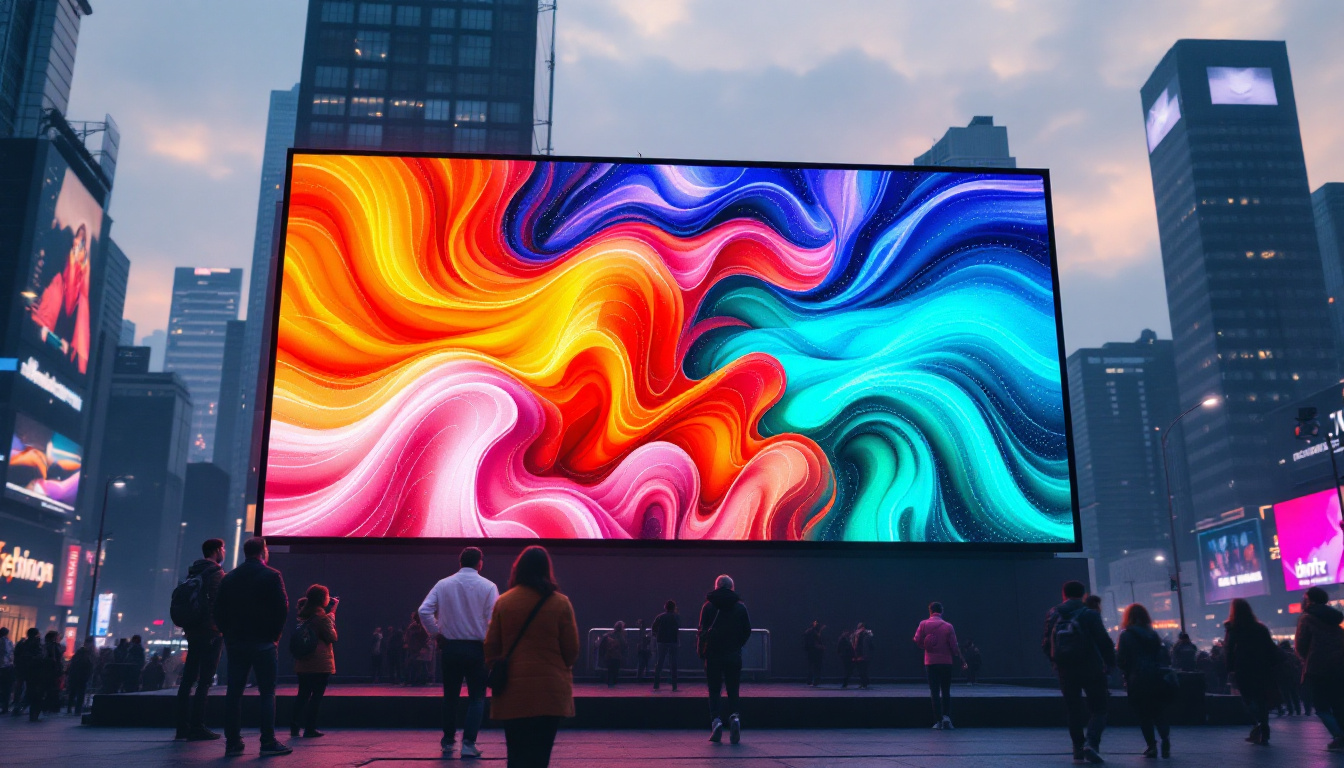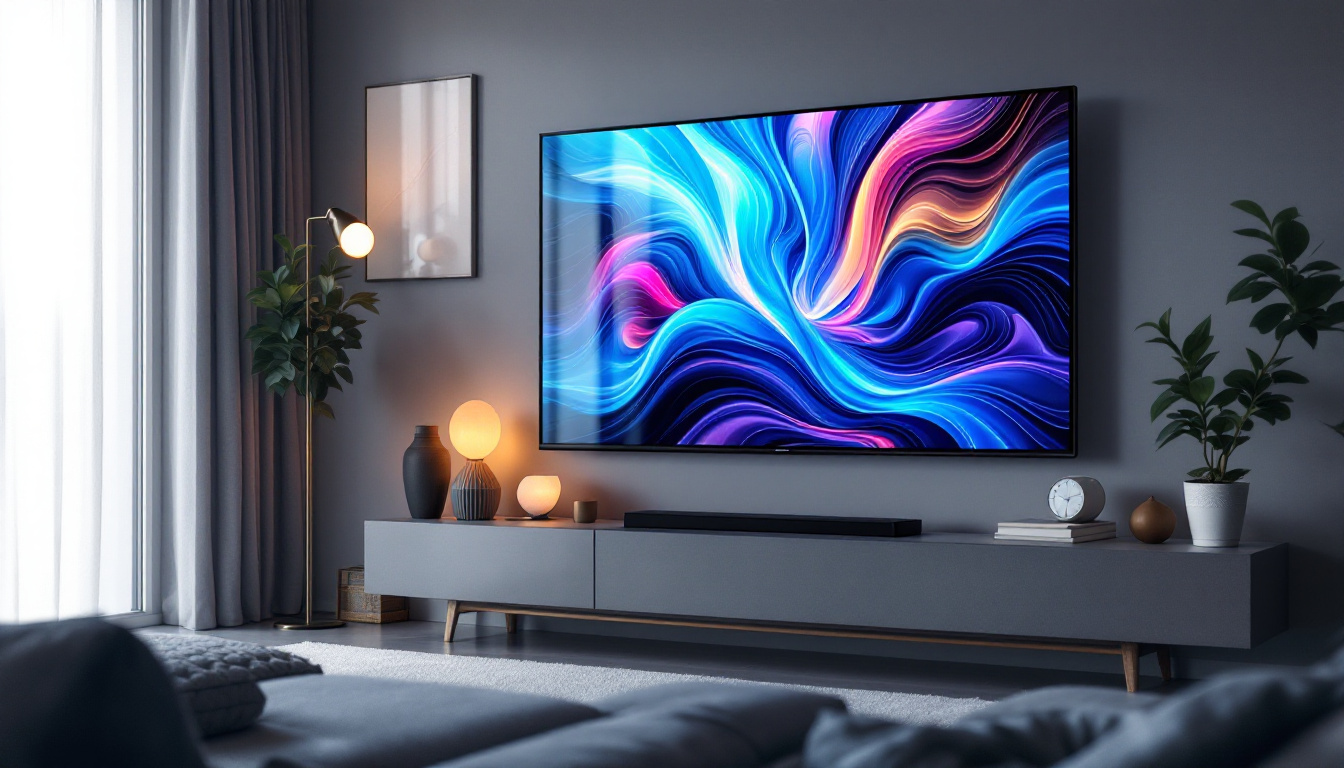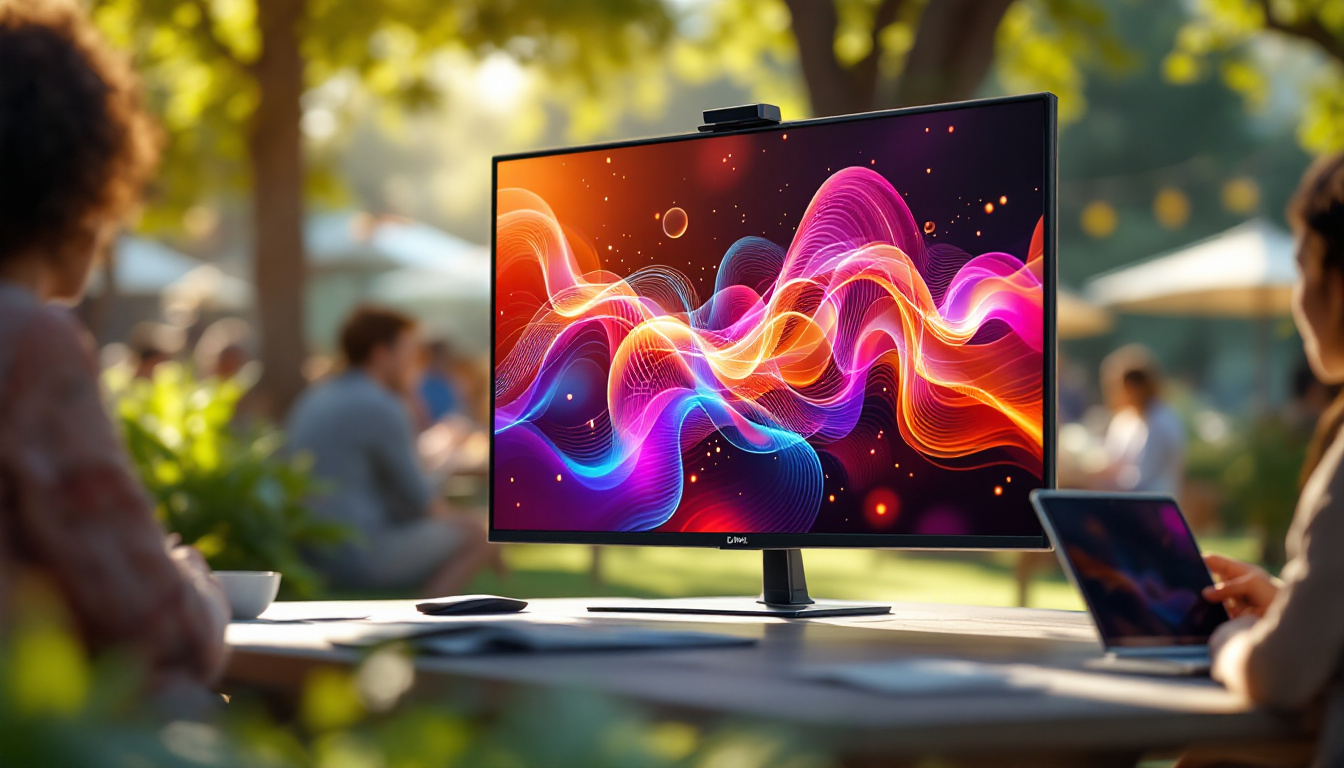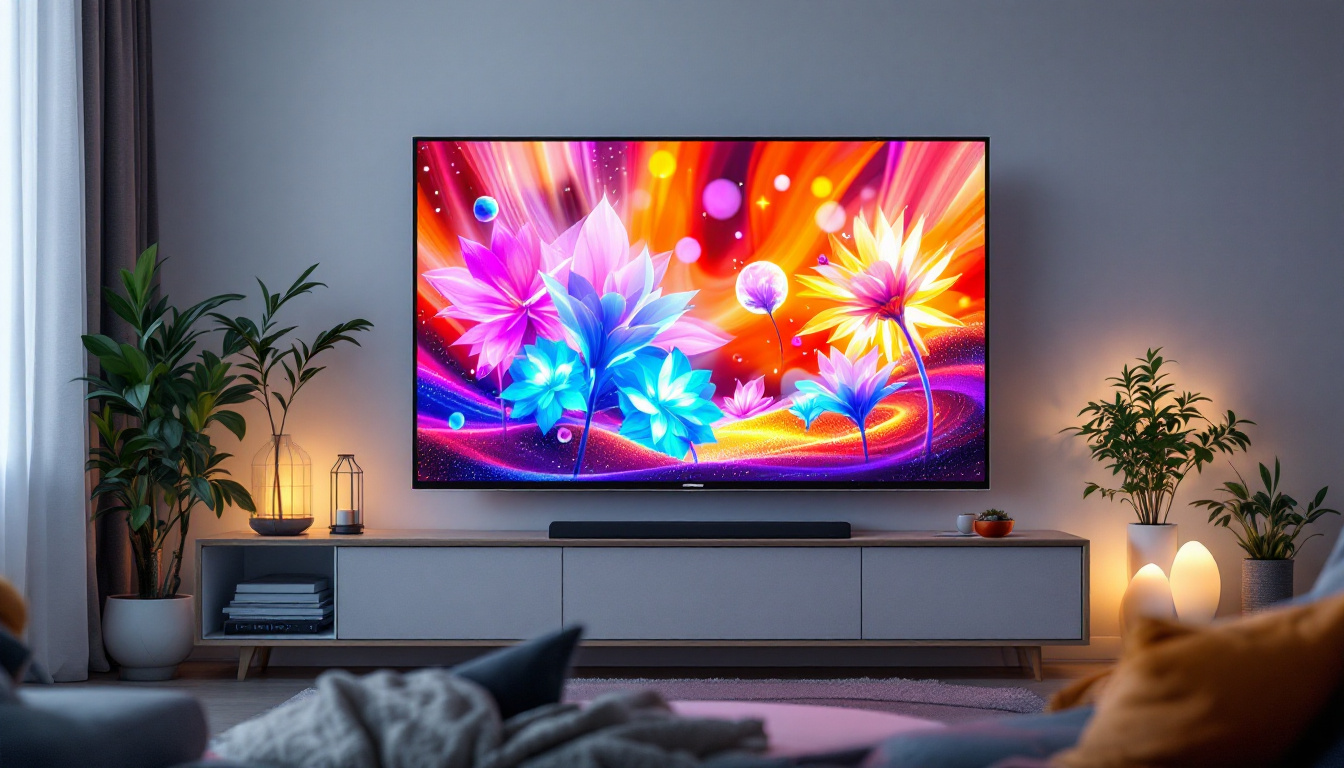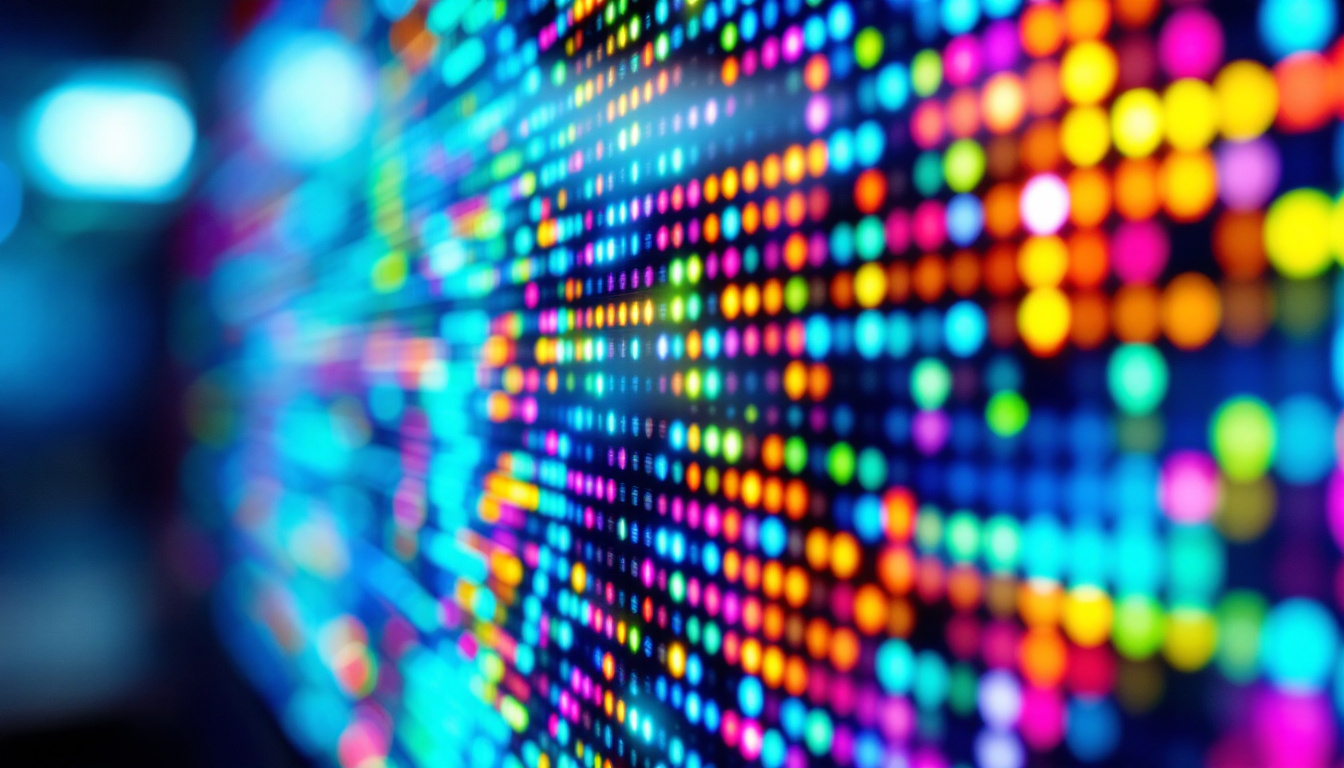In recent years, 3D billboards have emerged as a captivating form of advertising, particularly in bustling urban landscapes. Among the leaders in this innovative display technology is China, where 3D LED billboards have transformed the way brands connect with consumers. This article delves into the intricacies of 3D LED displays, their technology, benefits, and the impact they have on advertising.
Understanding 3D LED Billboard Technology
3D LED billboards utilize advanced technology to create stunning visual effects that capture the attention of passersby. Unlike traditional billboards, which display flat images, these dynamic displays use a combination of high-resolution LED panels and sophisticated software to produce three-dimensional visuals.
The Components of 3D LED Billboards
At the core of a 3D LED billboard are its components, which include LED modules, controllers, and software. LED modules are the building blocks of the display, consisting of numerous tiny lights that emit bright colors. The controller manages the content displayed, while the software allows for the creation and manipulation of 3D images.
These components work together to produce images that appear to leap off the screen. By strategically arranging the LEDs and utilizing advanced rendering techniques, advertisers can create the illusion of depth and movement, making the visuals more engaging. The modular nature of these billboards also allows for scalability, meaning they can be customized in size and shape to fit various locations, from urban streets to large stadiums.
How 3D Effects are Achieved
The magic of 3D LED billboards lies in the use of stereoscopic imaging and optical illusions. Stereoscopic imagery involves presenting two slightly different images to each eye, mimicking the way human vision perceives depth. This technique, combined with precise timing and synchronization, creates a realistic 3D effect.
Additionally, many billboards employ lenticular lenses or other optical technologies that enhance the perception of depth. These lenses manipulate light to ensure that viewers see different images from different angles, further enhancing the 3D experience. The result is a captivating display that not only attracts attention but also encourages viewers to engage with the content, often leading to increased brand recall and consumer interaction.
Software and Content Creation
Creating content for 3D LED billboards requires specialized software that can handle complex graphics and animations. Designers use 3D modeling tools to craft captivating visuals, often incorporating motion to draw attention. The content must be optimized for the billboard’s resolution and dimensions to ensure clarity and impact.
Moreover, the ability to update content in real-time allows advertisers to tailor their messages based on audience demographics or current events, making 3D billboards a flexible advertising medium. This adaptability is particularly beneficial in high-traffic areas, where timely promotions or announcements can be displayed instantly, ensuring that the content remains relevant and engaging. Furthermore, as technology advances, the integration of augmented reality (AR) features into 3D billboards is becoming more common, providing an interactive experience that can further immerse viewers in the advertising narrative.
The Benefits of 3D LED Billboards
3D LED billboards offer numerous advantages over traditional advertising methods. Their ability to create immersive experiences not only captures attention but also enhances brand recall. Here are some key benefits:
Enhanced Visibility and Engagement
One of the primary advantages of 3D LED billboards is their ability to stand out in crowded environments. The vibrant colors and dynamic visuals attract attention, making it difficult for viewers to ignore them. This enhanced visibility leads to higher engagement rates, as consumers are more likely to stop and take notice.
Furthermore, the interactive nature of 3D displays can encourage viewers to engage with the content, whether through social media interactions or by sharing their experiences with others. This word-of-mouth promotion can significantly amplify the reach of an advertising campaign. The integration of augmented reality features can further elevate the engagement level, allowing users to interact with the billboard through their smartphones, creating a memorable and shareable experience.
Improved Brand Recall
Studies have shown that consumers are more likely to remember advertisements that feature engaging visuals. The 3D effects of these billboards create memorable experiences that linger in the minds of viewers long after they have passed by. This improved brand recall can lead to increased sales and customer loyalty.
Moreover, the unique nature of 3D billboards often generates buzz and excitement, further solidifying the brand’s presence in the market. Advertisers can leverage this attention to build a stronger connection with their audience. The storytelling potential of 3D visuals allows brands to convey complex messages in a simplified manner, making it easier for consumers to relate to the brand’s narrative and values.
Versatility in Advertising
3D LED billboards are not limited to a single type of advertisement. They can be used for various purposes, including product launches, event promotions, and public service announcements. This versatility allows brands to experiment with different creative approaches, ensuring that their message resonates with diverse audiences.
Additionally, the ability to display multiple advertisements in a single location maximizes the use of space and resources. Advertisers can rotate content throughout the day, reaching different demographics at different times. This adaptability is particularly beneficial for businesses looking to target specific audiences during peak hours, ensuring that their message is seen by the right people at the right time. With real-time data analytics, advertisers can also adjust their strategies based on viewer engagement, optimizing their campaigns for maximum impact.
Case Studies: Successful 3D Billboard Campaigns in China
China has become a hotbed for innovative advertising, with several successful 3D billboard campaigns that have captured the public’s imagination. These case studies highlight the effectiveness of this technology in engaging consumers.
The Coca-Cola Experience
Coca-Cola launched a 3D billboard campaign in Shanghai that showcased a giant bottle of Coke seemingly bursting with refreshing soda. The visual effect was so realistic that it drew crowds, with people stopping to take photos and share the experience on social media. The campaign not only increased brand visibility but also generated significant online buzz.
This campaign exemplifies how 3D billboards can create memorable experiences that resonate with consumers, ultimately driving sales and enhancing brand loyalty.
Alibaba’s Interactive Display
Alibaba, a leading e-commerce platform, utilized 3D LED billboards to promote its annual shopping festival. The billboard featured interactive elements that allowed viewers to engage with the content through their smartphones. By scanning QR codes displayed on the billboard, consumers could access exclusive deals and promotions.
This innovative approach not only increased foot traffic to physical stores but also drove online sales, showcasing the potential of 3D billboards to bridge the gap between digital and physical marketing.
Luxury Brands Making a Statement
Luxury brands have also embraced 3D LED billboards to create striking visual narratives. For instance, a high-end fashion brand launched a campaign featuring a 3D model that appeared to walk off the billboard, showcasing the latest collection. This captivating display not only highlighted the brand’s creativity but also reinforced its status as a leader in the luxury market.
Such campaigns demonstrate how 3D billboards can be used to tell a story, allowing brands to connect with consumers on a deeper level and evoke emotions that drive purchasing decisions.
The Future of 3D LED Billboards
As technology continues to evolve, the future of 3D LED billboards looks promising. Innovations in display technology, content creation, and interactivity are set to redefine the advertising landscape.
Advancements in Display Technology
Future 3D LED billboards will likely incorporate even more advanced display technologies, such as holography and augmented reality. These innovations could enable advertisers to create even more immersive experiences, allowing consumers to interact with products in ways that were previously unimaginable.
For instance, holographic displays could allow consumers to see products in 3D from various angles, enhancing their understanding and appreciation of the items being advertised. This level of interactivity could significantly impact purchasing decisions.
Integration with Smart Technologies
As smart technologies become increasingly prevalent, the integration of 3D LED billboards with data analytics and artificial intelligence will revolutionize advertising strategies. Advertisers will be able to tailor content based on real-time data, ensuring that messages resonate with specific audiences at the right time.
This data-driven approach will enable brands to optimize their campaigns for maximum effectiveness, leading to higher engagement rates and improved return on investment.
Sustainability Considerations
With growing awareness of environmental issues, the future of 3D LED billboards will also likely focus on sustainability. Manufacturers are already exploring eco-friendly materials and energy-efficient technologies to reduce the carbon footprint of these displays.
As consumers become more environmentally conscious, brands that prioritize sustainability in their advertising efforts may gain a competitive edge. This shift could lead to a new era of responsible advertising that aligns with consumer values.
Conclusion
3D LED billboards represent a significant evolution in advertising, combining cutting-edge technology with creative storytelling to engage consumers in unprecedented ways. As demonstrated through successful campaigns in China, these displays have the power to captivate audiences, enhance brand recall, and drive sales.
Looking ahead, advancements in display technology, integration with smart systems, and a focus on sustainability will shape the future of 3D LED billboards. As brands continue to innovate and adapt to changing consumer preferences, the potential for 3D advertising is limitless.
In a world where attention is a scarce commodity, 3D LED billboards offer a compelling solution for brands seeking to make a lasting impression. The journey of this technology is just beginning, and its impact on the advertising landscape will undoubtedly be profound.
Discover the Future of Advertising with LumenMatrix
Ready to elevate your brand’s presence and captivate your audience with groundbreaking LED display technology? LumenMatrix is at the forefront of creating immersive visual experiences that transform advertising into art. From Indoor and Outdoor LED Wall Displays to innovative solutions like Vehicle and Floor LED Displays, our extensive range of products is designed to make your message resonate with impact and clarity. Don’t miss the opportunity to be a part of the advertising revolution. Check out LumenMatrix LED Display Solutions today and see how we can help illuminate your brand’s future.

